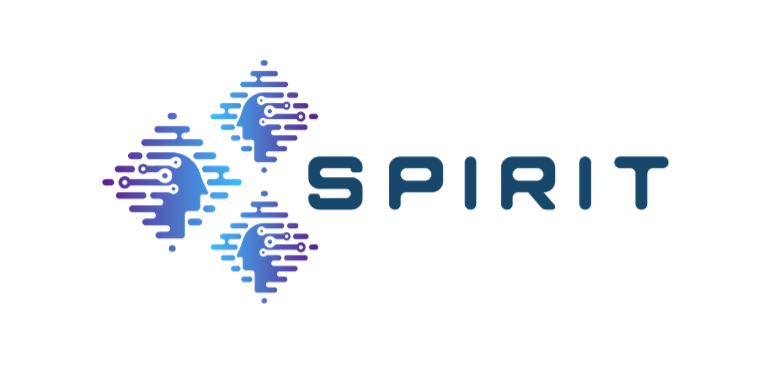Proceedings of the 25th ACM Workshop on Packet Video (PV’20)
June 10 – 11, 2020 | Istanbul, Turkey
Minh Nguyen (AAU, Austria), Christian Timmerer (AAU, Austria), Hermann Hellwagner (AAU, Austria)
HTTP-based Adaptive Streaming (HAS) plays a key role in over-the-top video streaming. It contributes towards reducing the rebuffering duration of video playout by adapting the video quality to the current network conditions. However, it incurs variations of video quality in a streaming session because of the throughput fluctuation, which impacts the user’s Quality of Experience (QoE). Besides, many adaptive bitrate (ABR) algorithms choose the lowest-quality segments at the beginning of the streaming session to ramp up the playout buffer as soon as possible. Although this strategy decreases the startup time, the users can be annoyed as they have to watch a low-quality video initially. In this paper, we propose an efficient retransmission technique, namely H2BR, to replace low-quality segments being stored in the playout buffer with higher-quality versions by using features of HTTP/2 including (i) stream priority, (ii) server push, and (iii) stream termination. The experimental results show that H2BR helps users avoid watching low video quality during video playback and improves the user’s QoE. H2BR can decrease by up to more than 70% the time when the users suffer the lowest-quality video as well as benefits the QoE by up to 13%














